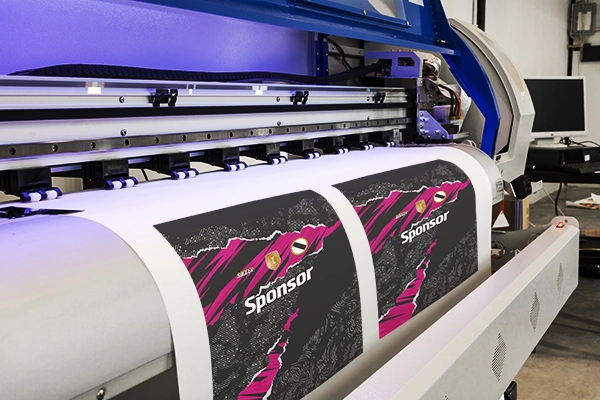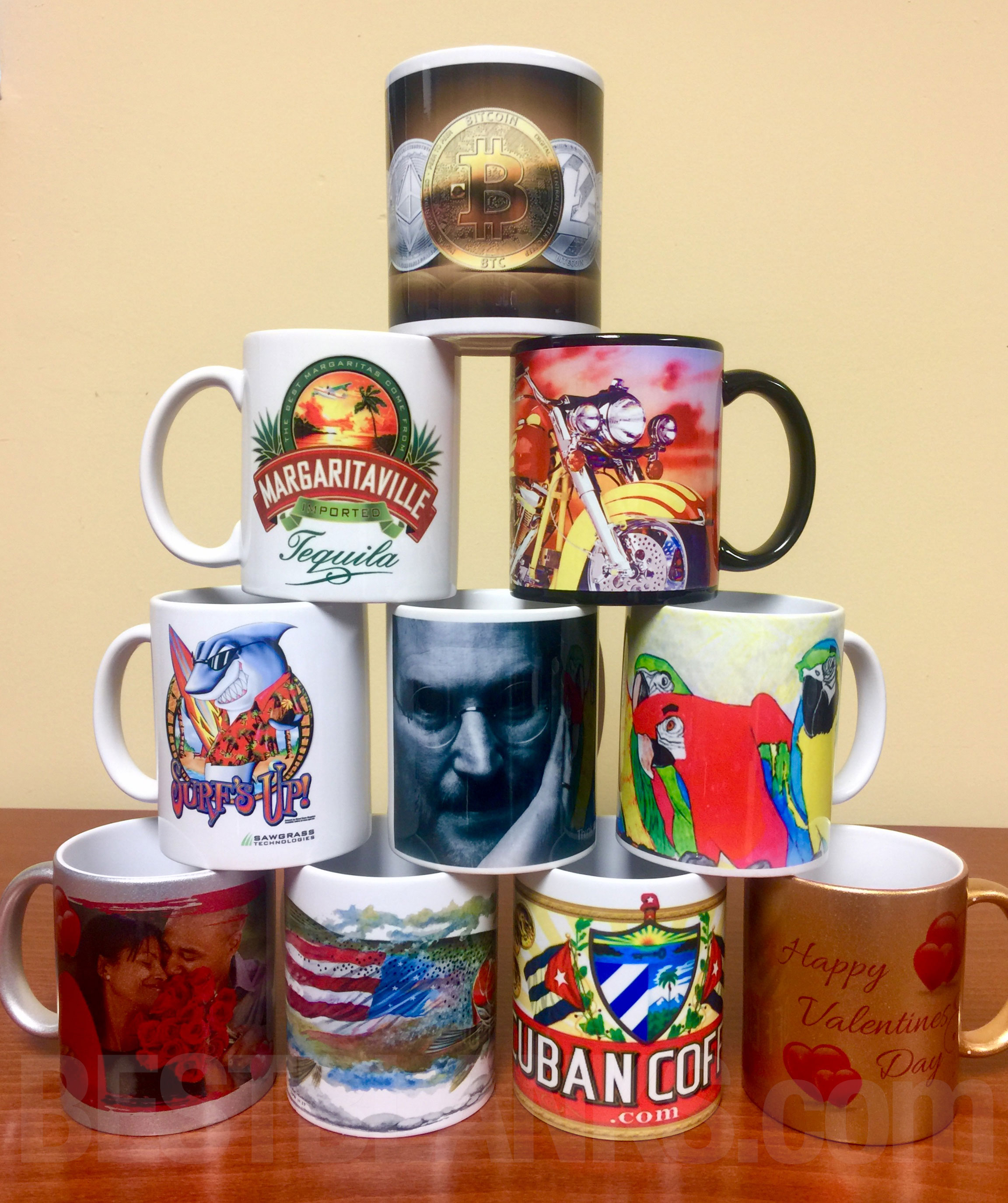The Best Overview to Sublimation Printing for Custom Apparel
A Comprehensive Guide to the Various Kinds of Cloth Printing Techniques
Each approach, from the meticulous workmanship of block printing to the quick efficiency of display printing, offers unique functions and provides distinct advantages. Digital printing's flexibility and environmental consciousness stand in plain contrast to the swift customization of heat transfer printing.
Block Printing
Block Printing, one of the earliest methods of textile design, has a rich background that dates back to ancient people. The process includes carving detailed styles into wood blocks, which are after that dipped in dye and pressed onto textile to develop patterns.
The precision and craftsmanship associated with block printing make it a labor-intensive procedure, however it also enables a high level of personalization. Artisans can develop one-of-a-kind patterns by integrating different blocks or varying the application of dye. This flexibility has added to the long-lasting appeal of block printing in both standard and contemporary fabric layout.
Block printing is especially valued for its aesthetic top qualities, including the mild variations in pattern and shade that arise from the hand-printing process. These flaws lend an unique personality to each item, distinguishing it from mass-produced textiles. In spite of breakthroughs in contemporary printing technologies, obstruct printing continues to be a treasured technique, celebrated for its historic importance and imaginative value.
Display Printing
Screen printing, one more prominent textile decor method, has actually transformed the sector with its efficiency and convenience. This technique involves producing a pattern, referred to as a display, and using it to apply layers of ink on the printing surface area. Each color in the style calls for a different screen, which enables for intricate and lively multi-colored prints.

Among the key advantages of screen printing is its versatility to numerous sorts of fabrics, including cotton, polyester, and blends. This method is specifically ideal for large-volume orders as a result of its cost-effectiveness and rate. The resilience of the prints is one more considerable advantage, as the ink bonds well with the textile, guaranteeing lasting styles that stand up to several laundries.
As soon as dried out, the style is transferred onto the emulsion-coated screen using a UV light source. Ink is after that pressed with the stencil onto the fabric making use of a squeegee.
Display printing is commonly used in the apparel industry, advertising items, and custom-made clothing. Its capacity for high-quality, detailed prints secures its status as a keystone method in fabric printing.
Digital Printing
Digital printing has swiftly become a sophisticated method in the textile sector, leveraging sophisticated innovation to produce high-resolution layouts directly onto fabric. Unlike typical techniques, digital printing uses inkjet printers to down payment pigment or dye-based inks onto textiles, making it possible for complex and vibrant patterns with an exceptional degree of information and color accuracy.
One of the try this web-site main benefits of electronic printing is its flexibility. This technique permits for on-demand printing, which considerably minimizes waste and minimizes inventory expenses.
In addition, digital printing is ecologically pleasant. screen printing. It makes use of water-based inks and requires less water and energy compared to standard strategies, aligning with sustainable methods. The precision of electronic printing additionally allows using a wider variety of materials, consisting of cotton, silk, polyester, and blends, making sure convenience across various applications
Heat Transfer Printing
How does warmth transfer printing revolutionize textile layout? This approach has actually brought considerable developments by enabling elaborate and dynamic designs to be moved onto a selection of textiles with impressive accuracy. Warm transfer printing involves using warmth and stress to move a style from a specifically formulated paper onto fabric. This process starts with publishing the wanted picture onto transfer paper using specialized inks. Once the photo is printed, the paper is placed onto the textile and based on a heat press, which transfers the ink from the paper to the textile.
Among the main benefits of warm transfer printing is its ability to create premium, detailed photos rapidly and efficiently. It is specifically well-suited for tiny production runs and customized orders, making it a popular selection for individualized apparel and advertising products. In addition, this method is functional, accommodating different kinds of materials consisting of cotton, polyester, and blends.
Moreover, warm transfer printing is reasonably affordable contrasted to various other techniques, as it calls for marginal setup and reduced first investment - screen printing. This affordability, paired with its capacity for producing vivid, resilient prints, emphasizes its Recommended Site crucial role in contemporary textile layout

Dye Sublimation Printing
Dye sublimation printing, a sophisticated fabric printing technique, provides unequaled vibrancy and long life for designs on various synthetic fabrics. This method involves converting solid dye into a gas without travelling through a liquid state, enabling the dye to permeate the fabric seamlessly. The process begins with publishing the layout onto an unique transfer paper making use of sublimation inks. The published transfer paper is after that put on the material, and both go through high warm and pressure utilizing a heat press. The heat causes the color to sublimate and bond with the material fibers, producing a long-term, high-resolution print that resists fading and cracking.
One of the crucial advantages of dye sublimation printing is its capacity to produce continuous-tone prints with lively shades and complex information. Unlike various other printing techniques, the color becomes part of the textile rather than sitting on top of it, resulting in a breathable and soft finish.
Final Thought
Block printing is admired for its artisanal high quality, while display printing is advantageous for high-volume production. Digital printing offers adaptability and ecological advantages, whereas heat transfer printing is ideal for rapid personalization.
Each approach, from the meticulous craftsmanship of block printing to the rapid efficiency of screen printing, serves distinct functions and uses unique advantages. Digital printing's versatility and ecological consciousness stand in plain contrast to the quick personalization of warm transfer printing. In spite of advancements in modern printing technologies, block printing remains a cherished technique, commemorated for its historic relevance and creative value.
Dye sublimation printing, a sophisticated fabric printing strategy, supplies unparalleled vibrancy and durability for styles on different synthetic fabrics. Digital printing provides convenience and environmental check this advantages, whereas warmth transfer printing is ideal for fast customization.